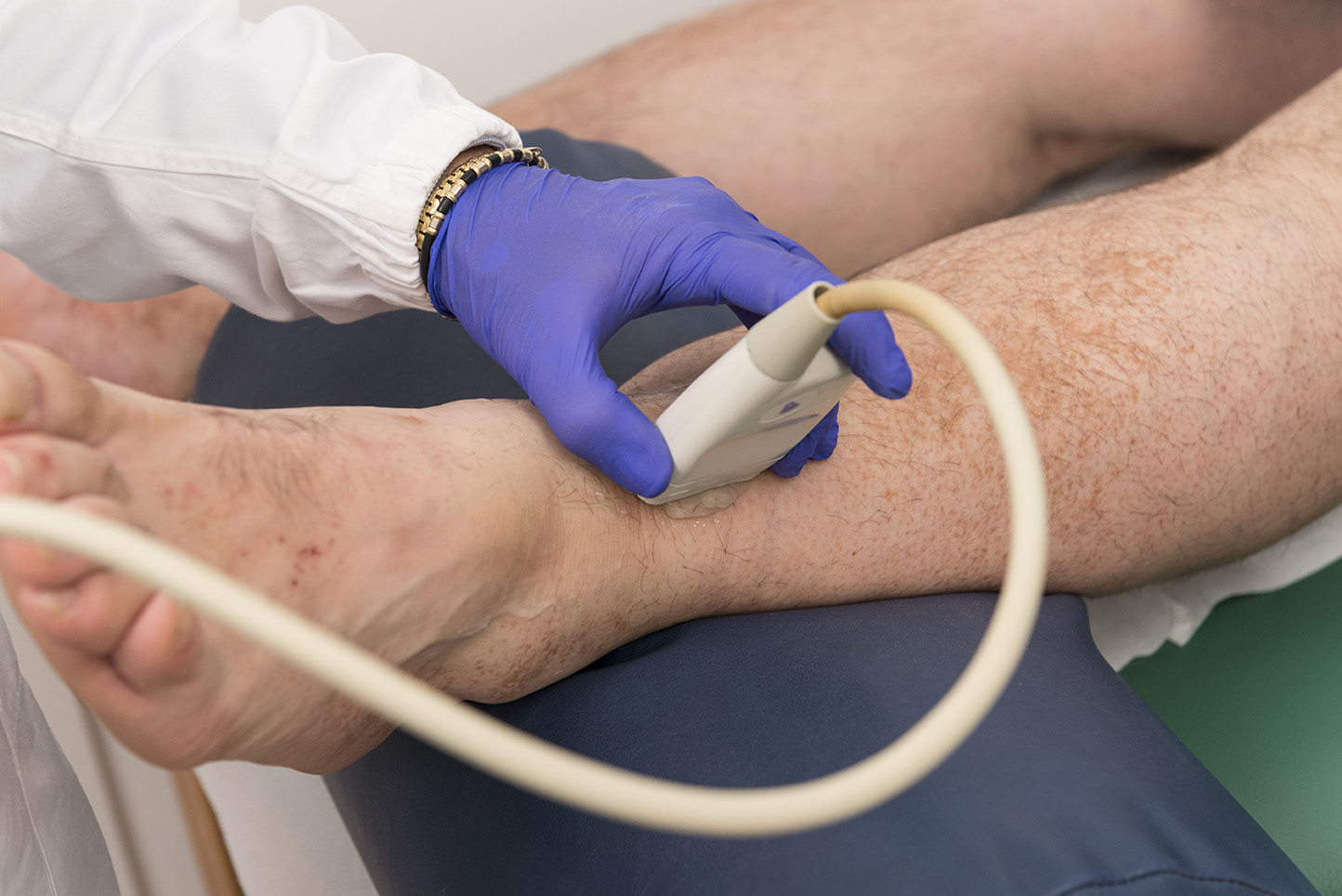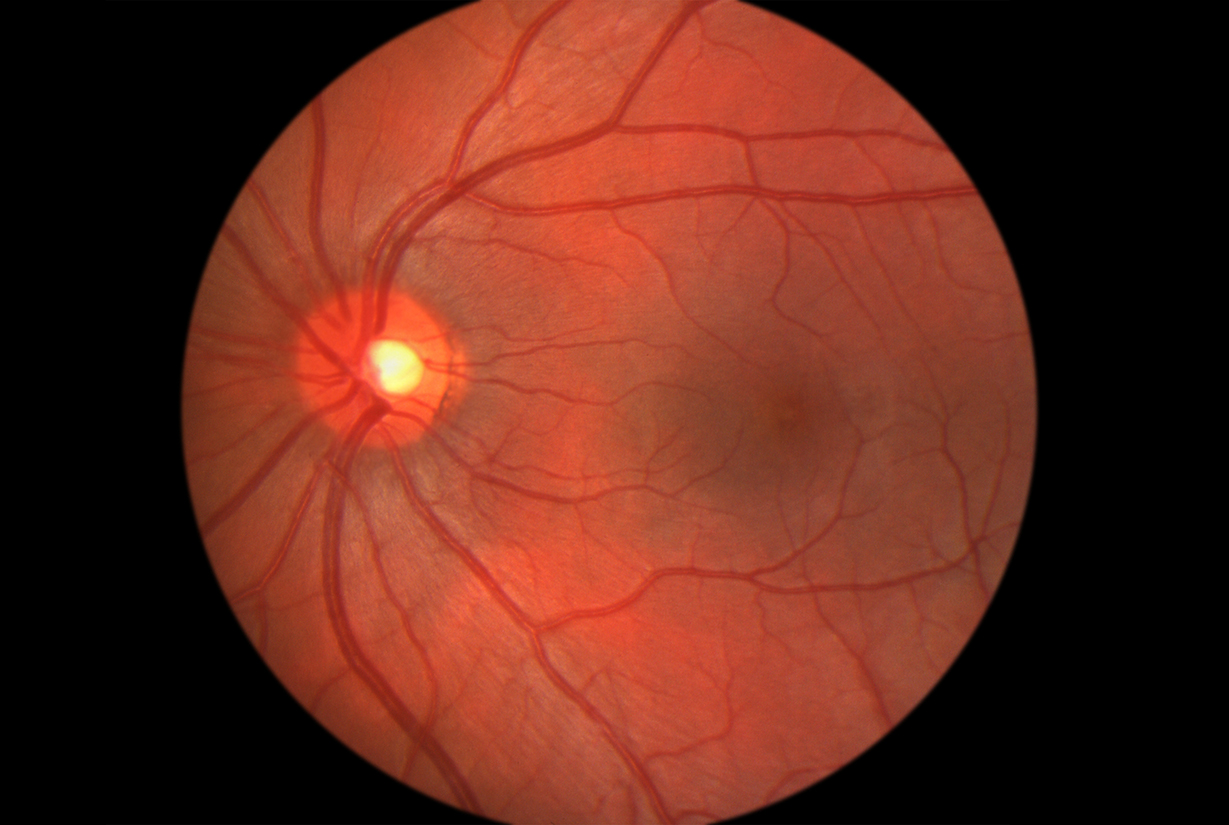In 2015, Alex Kipman presented Windows 10 alongside Microsoft’s Hololens under the name Microsoft Holographic: an ideal, a dream, a vision built under the Windows 10 OS, and it was the first taste of Microsoft’s AR ambitions. Microsoft, we have to remember, is a colossal company, and to have them and their Hololens at the forefront of AR innovation is very fortunate for us AR enthusiasts. Mr. Kipman recently stated that the Hololens is not a device, but a platform. With this recent development, we can begin to see what he means.

Microsoft Holographic was later renamed Windows Mixed Reality, focusing its objective on building a network of Augmented Reality, Virtual Reality, and Mixed Reality headsets and devices from different companies, all speaking the same language, and all combined under the Windows 10 OS. If you’re hazy on the differences between AR, VR, and MR, you can check out this post we made that outlines the differences before reading the rest of this article. However, what this means in layman’s terms is that soon, headsets ranging in price from as little as $299 to as much as $3000 might soon be available on the market, all because of Windows 10. This platform is based on Microsoft’s Universal Windows App rules, which assure that every device must meet certain guidelines in order to join the Windows Mixed Reality Platform (WMRP). I’m sure we’re not the only site that’s talking about different upcoming models of Head Mounted Devices (HMDs) that will use Windows 10 as their main platform, but we want to look into not just what’s available now, but what could be. We want to go beyond HMDs and look to even more futuristic ideas. Picture a medical consult where every piece of equipment runs on Windows 10, or even better, runs using WMRP. Things like echographic devices, just to name one example, could run using Windows 10 as their OS to render real-time segmentation, build a 3D model based on actual echography, and, assuming that all these devices are standardized to run on Windows 10, can be shared with researchers all around the world instantaneously.

We believe that this technology could apply to almost any imaging device–MRIs, CT scans, echography–you name it! Radiology is the most commonly speculated MR recipient, but what about other medical devices? Even small devices, such as an otoscope or an ophthalmoscope, powered by Windows 10 or beyond, could be used to project images for medical classes or across large distances for many physicians to observe and learn from. This could give all doctors a chance to look at an interesting case, or to telecommute in to assist on a puzzling case, just by using HMD technology. It could also make the patient more comfortable, allowing for other doctors to see what’s going on without having to probe them over and over.

There are a lot of potentials to explore here–endoscopy, dermatology, clinical exams, and a lot more. However, rather than spending a whole article listing potential applications (and believe me, we could), we’d rather look forward into the WMRP and see what it could do for just one operating room. Picture an OR in which every piece of imaging technology is powered by one unified system, and in which the surgeon and all assisting personnel are wearing HMDs that allow them access to real-time images of the patient’s scans and surgical progress. Everyone in the room could monitor the patient’s vital signs and anesthetic parameters, and the surgeons could keep surgical times in perfect synchronization thanks to an object-anchored 2D indication that allows the surgery to be monitored in real-time and to keep it coordinated and synchronized. It could also provide a surgical lamp that could project and superimpose directions into the surgical field.

While this is by no means a comprehensive list of what this technology could be capable of, it’s a realistic starting point. We could look to a future in which electric scalpels use MR to determine the correct angle and pressure to avoid damaging arteries or veins, and to operating tables that guide the surgeon through a procedure, or even a whole smart OR that lines itself with 2D guidelines for OR personnel on advanced CPR and other emergency protocol. There is too much to even list, and because of that, we would love to see Microsoft really get this project up and running.
What do you think of this new development? Do you have ideas for how it could be used? Let us know in the comments section!
Category: Radiology, AR general tech news, Surgery, Ophthalmology, Otorrinolaringology








